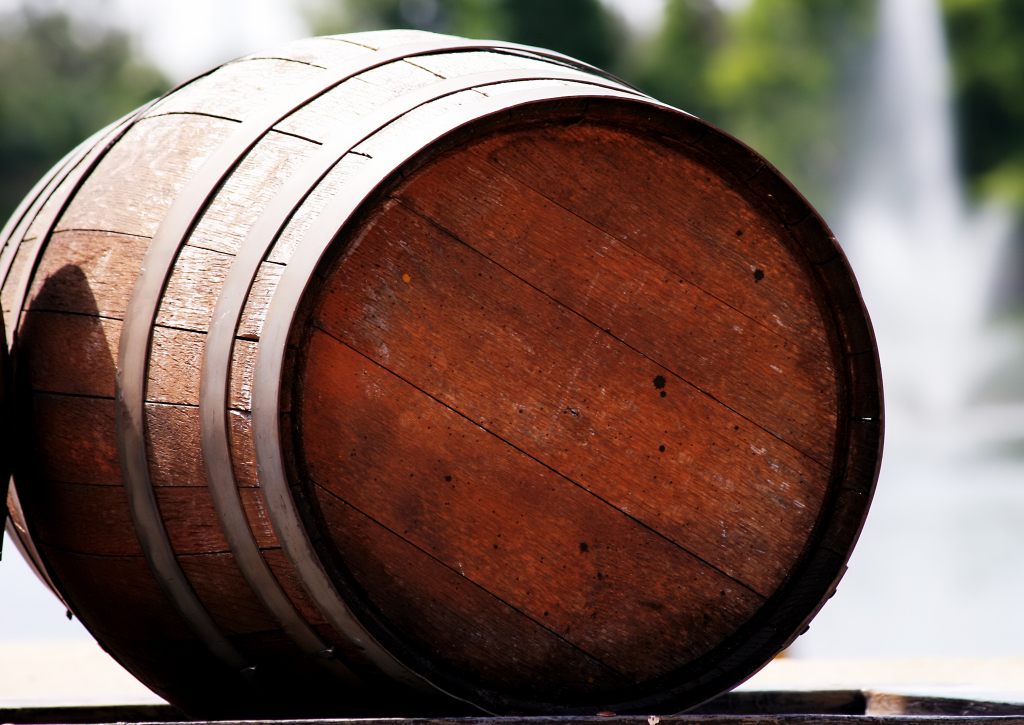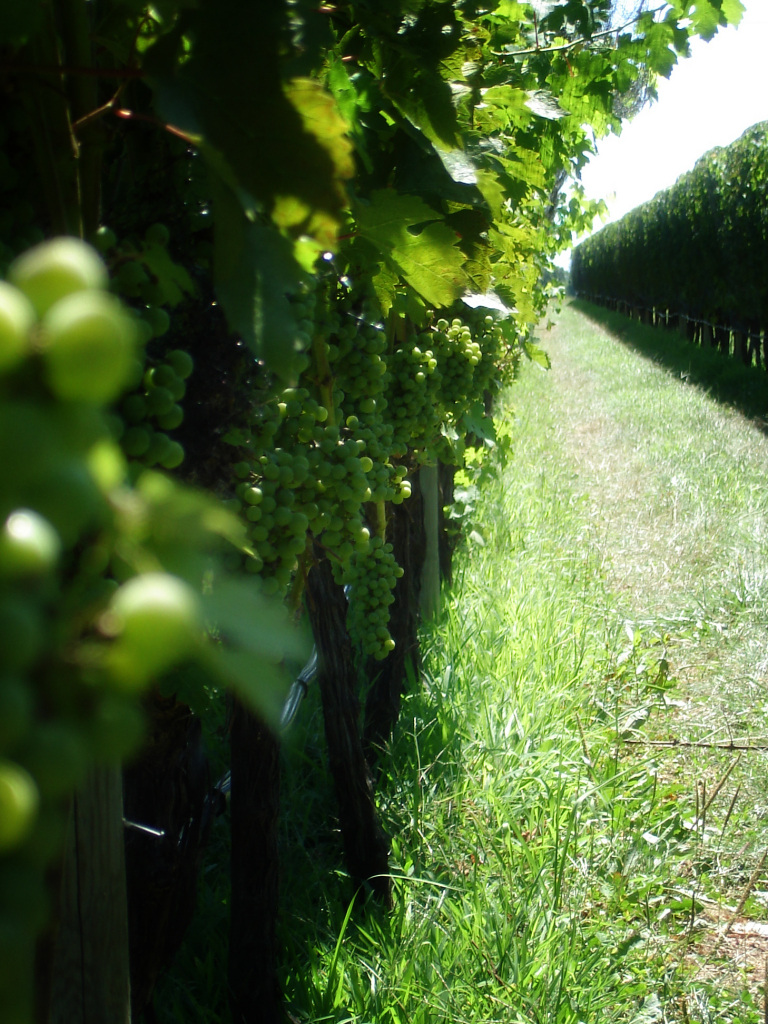The complex influences that result in a wine’s unique traits are influenced by the soil and climate of the vineyard site (terroir); the way the grapes are cultivated (viticulture); the vineyard conditions throughout the growing season and at harvest; and most importantly the production choices a winemaker makes (vinification).
Terroir or the regional characteristics of wine growing is crucial factor in vinification. In the end, a unique terroir is responsible for the properties of a particular wine.
Traditional wine areas include the European countries of France, Italy and Spain. In recent generations, growers have been found in ‘New World’ countries like the United States, Chile, Argentina, South Africa, New Zealand and Australia. Each wine-growing area in a country has a specific terroir and produces wines that are distinctive to that region. This is because a grape variety will produce a slightly different character to a wine depending on where it is grown.
‘Old World’ wine countries have ancient traditions of vinification. They include European countries such as France, Italy, and Spain. Their wine growers have seen the impact of terroir on wine production and have refined their vinification around this. Old world philosophy holds up the ideal of terroir as trumping all other considerations. Most Old World nations have regulations about what grapes can be grown in which regions, and these rules are based on which grapes flourish best in a specific terroir. This philosophy makes Old World winemakers minimise their influence on the finished product, preferring to let the terroir show through. Wines from the Old World regions tend to be lighter-bodied, drier, less bold, more delicate and elegant. They also tend to have higher acidity and better natural balance. Old World wines also feature a character described as earthy herbal aromatics, with higher minerality and less fruit intensity.
Old World wines are classified by the region in the country they are produced in. Wine regions in France include Bordeaux, Burgundy, Champagne, The Rhone Valley, Alsace, and the Loire Valley. The Bordeaux region is known for its blended red wines, while the Burgundy region is known for its excellent red and white wines. Wines from the Rhone Valley are known to have a spicy, perfumed attribute when compared to Bordeaux and Burgundy. The Loire Valley and Alsace regions are both known for their exceptional white wines. The Champagne region needs no introduction as this is where the sparkling white wine was developed. Technically, it is the only sparkling wine that may be referred to as “Champagne”.
Italy, like France, uses regional classification and the three largest wine-producing regions are Piedmont (known for the production of Barolo and Barbaresco); Veneto (home to Soave, Bardolino, Valpolicella, Amarone and Prosecco); and Tuscany (home to the popular Chianti).
Spanish wines also have a classification system based on the DO (designation of origin) which determines where the wine is produced. Certainly the Rioja region is world-famous for its reds, but there are many other regions that produce high quality wines. These include Ribera del Duero in the north and Jumilla in the south. Spain also produces high quality white wines, especially in Galicia region. The La Mancha region is also home of the largest vineyards in the world.
In most cases, viticulture knowledge in the New World was introduced by foreign settlers. Without centuries of terroir knowledge, these regions often rely on technology and modern techniques to obtain good yields and high quality. New World winemakers seek to put their own stamp on the wines they create. The wines are known for their fuller-bodied, bolder flavours and strong fruit aromas. Typically they exhibit lower acidity and dessert-like aromatics like vanilla and chocolate. They also tend to be less delicate.
Sources: www.wine.com www.winemag.com www.winespectator.com www.snooth.com












